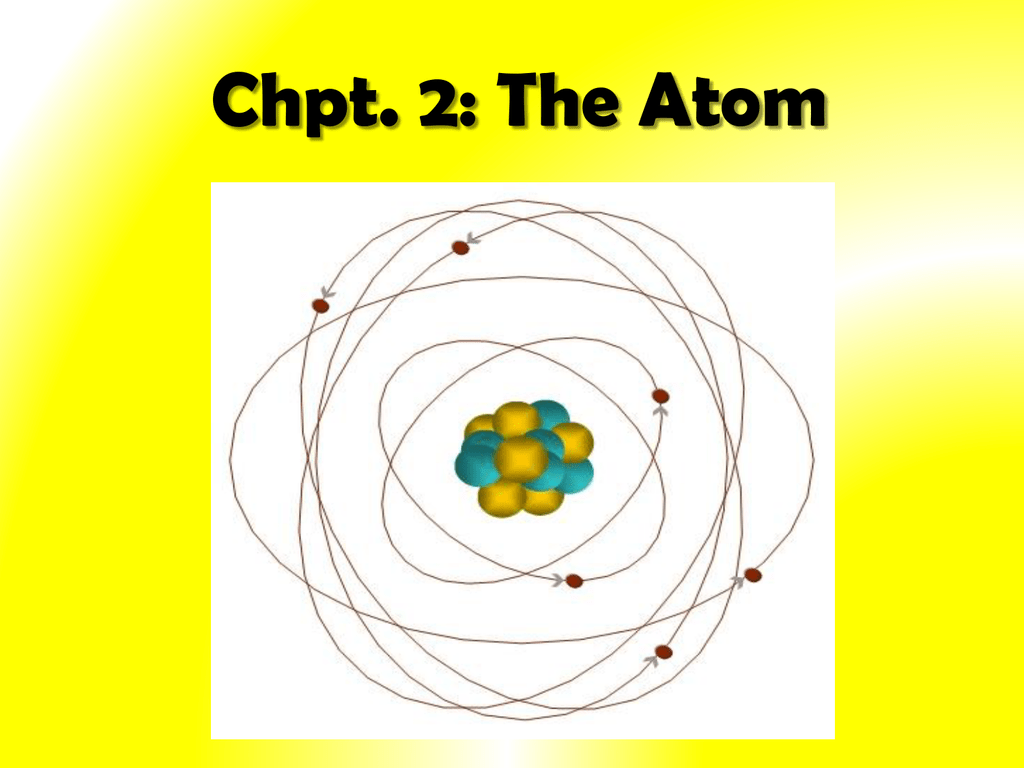

According to the Rutherford model, an atom's nucleus is surrounded by negatively charged electrons. The nucleus is the name he gave to this part of the atom. These electrons revolve around the nucleus at a very high speed in circular paths called orbits. Rutherford’s model proposed that the negatively charged electrons surround the nucleus of an atom. He called this region of the atom as a nucleus. From this, it is easy to see that like charges (charges of the same sign) repel each other. All the positive charges and the entire mass number of the atom are concentrated in a very small part of the atom. The Rutherford atomic model says: Positively charged particles and the majority of an atom's mass were packed into a tiny space. Rutherford’s atomic model, commonly known as the Rutherford model explains the structure of an atom that atom consists of a central thick nucleus around which negatively charged particles mainly electrons are revolving. According to the Rutherford atomic model: The positive charge and most of the mass of an atom is concentrated in an extremely small volume.

We read this in textbooks and in popular writings.

If \(Q_1\) and \(Q_2\) are the same sign, then the curve which is a purely repulsive potential, i.e., the energy increases monotonically as the charges are brought together and decreases monotonically as they are separated. Ernest Rutherford discovered the nucleus of the atom in 1911. Instead, in 1911, Rutherford cooked up a new model of the atom in which all of the positive charge is crammed inside a tiny, massive nucleus about ten thousand.



 0 kommentar(er)
0 kommentar(er)
